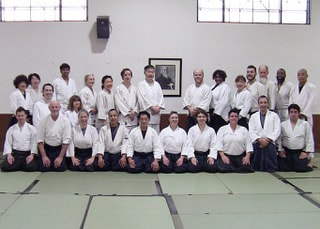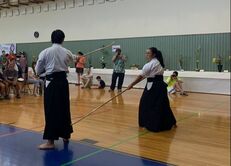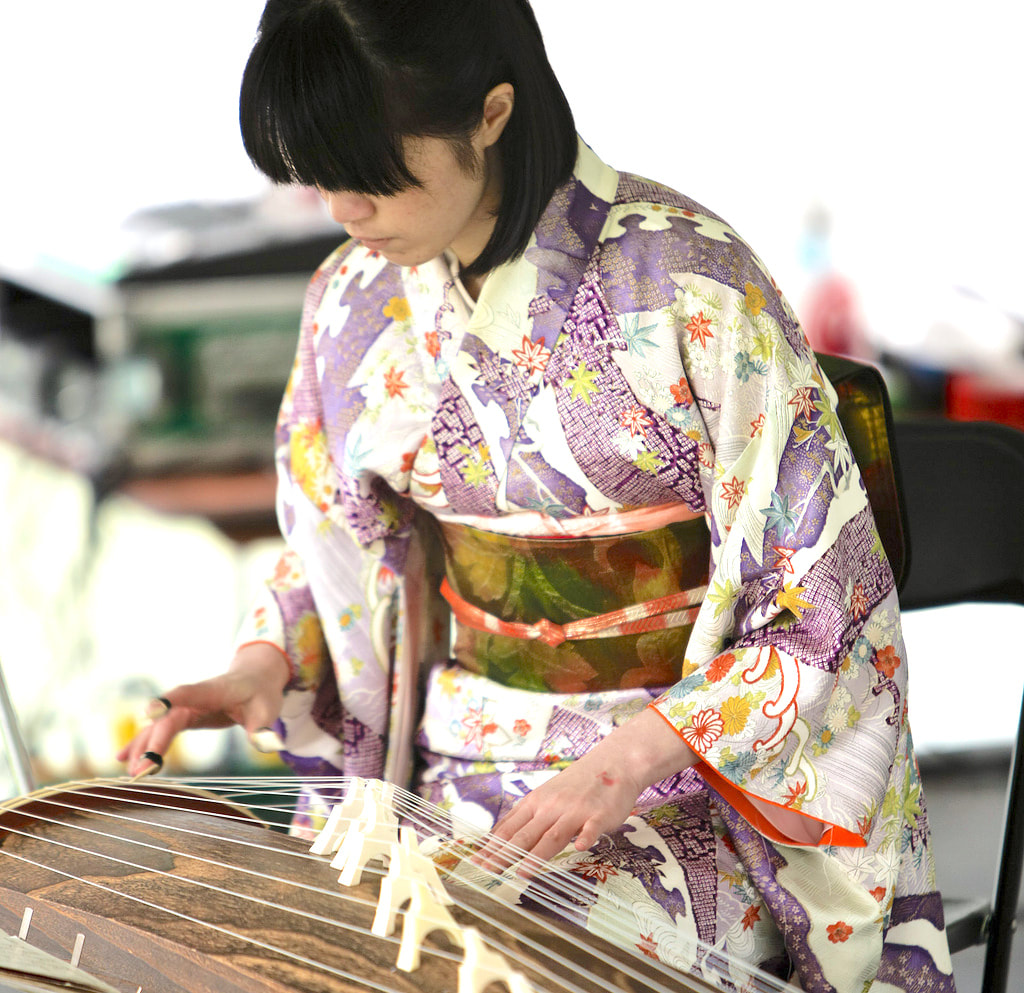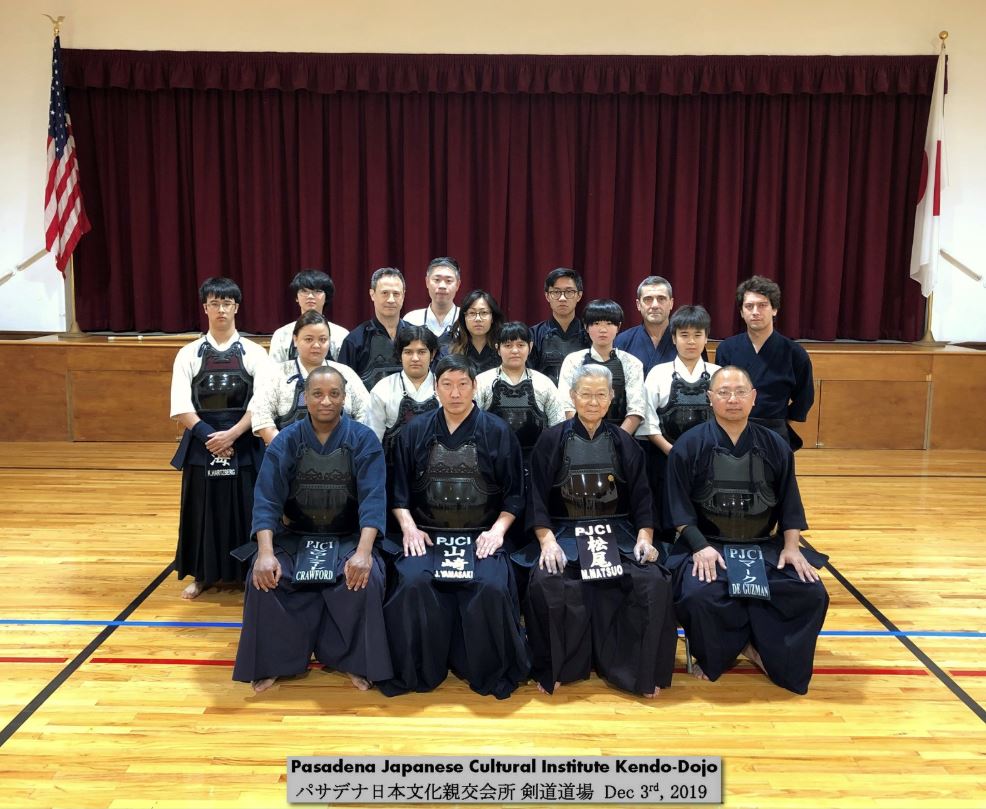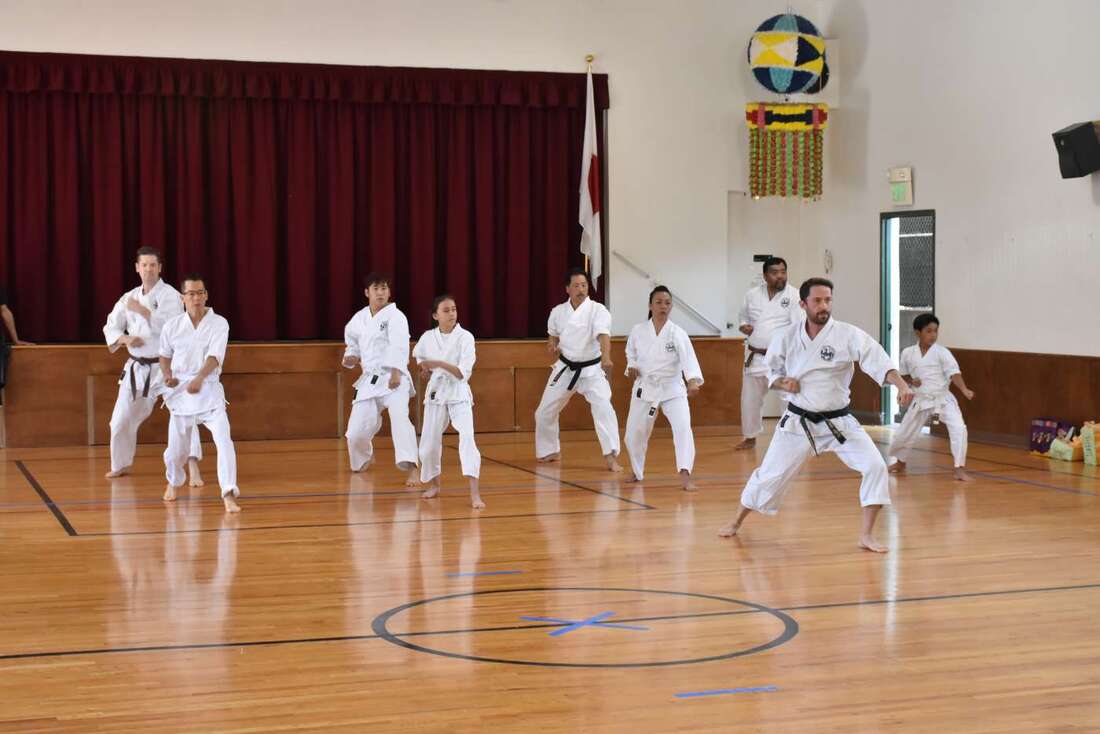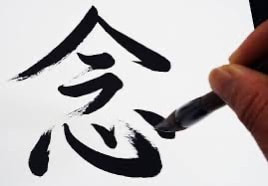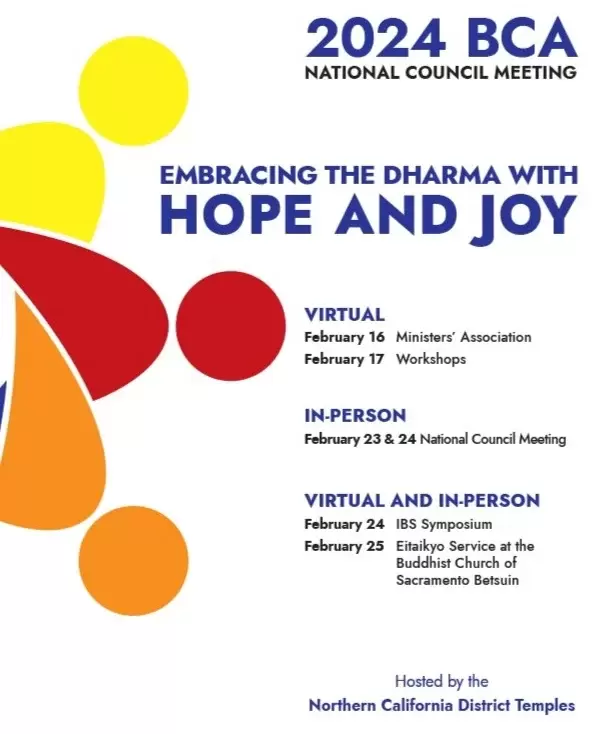Martial Arts & Cultural Demonstrations
Each year we schedule demonstrations that touch on the Japanese Culture at our festival. This year we are virtual and hope you get a chance to learn more about each of these arts. Most of these groups use the Pasadena Japanese Cultural Institute as their home. More information if interested by clicking on their links.
AikidoAikido or The Way of Harmonizing One’s Vital Energy, has two different levels. On the physical levelit is a form of self-defense that uses locks, holds and throws, utilizing the principle of nonresistance to cause an opponent’s own momentum to work against him. On a spiritual level—along with Kendo—Aikido is one of the most spiritual of martial arts. This Wayattempts to teach its students to have their vital psychophysical energy (“KI” in Japanese) flow freely and without blockage. That is, they teach the KI to flow in oneness with the spirit and energy of the universe as a whole. (Rev. Tetsuo Unno)
NaginataNaginata-do or "the way of the reaping sword' is the contemporary form of the ancient martial art of Naginata. The naginata is a pole with a curved blade at one end. It is employed with a sweeping circular movement. the naginata channels one's energy in harmonious display of beauty and precision. (Rev. Tetsuo Unno)
KotoKoto is a Japanese traditonal music instrument that appears in history before 300BC. The koto is considered as a symbol of a dragon because it is long.
Classes are offered at the PJCI. |
Kyudo/IaidoKyudo or The Way of the Bow, is the Japanese martial art of archery. Kyudo is often described as a moving meditation. As in other forms of meditation, the student of Kyudo learns to control his heart rate and breathing; but unlike many other forms of meditation, the kyudo student does not become oblivious to his surroundings, but rather becomes acutely aware of them. This teaches the practitioner to react calmly and resolutely to his environment.(Rev. Tetsuo Unno)
KendoKendo or The Way of the Sword, has two different levels. First, it is a purely physical art or technique. When one kendoist is able to strike his opponent on four vital spots: the top of the head, the wrist, the torso, or the throat, he scores a point. The one with the most points is declared the winner. On a deeper level, Kendo, like all Japanese arts or “Ways”, is primarily a training of both the body and the mind. The ultimate goal in Kendo is to attain a state of “No Mindedness” or an “Empty Mind”, that is, a state of mind which is free of all attachments, encumbrance, and hindrances. In this sense, it is one with the essence of Buddhism. (Rev. Tetsuo Unno)
|
KarateKarate or The Way of the Empty Hand is a form of martial art that had its earliest roots in China but was fully developed in 15th-century Okinawa. One of its primary goals at that time was to teach a combatant how to face an armed opponent while being “empty-handed” himself; that is, without weapons. In short, a Karateist was trained to deliver, at times fatal, blows with his hands, feet, elbows, etc., alone. At present, Karate, in the tradition of all martial arts, is primarily a way of developing oneself physically, mentally and spiritually. (Rev. Tetsuo Unno)
ShodoShodo is one of the oldest and most profound traditional art forms in Japan, developed and appreciated since the 5th century. The world of calligraphy has its long rich history which went through many possible calligraphic styles and expressions during its over 3000 years existence. Shodo is not only a highly regarded art form in Japan, it is both a skill and an aesthetic. The depth of beauty in Shodo is the result of diverse techniques being accompanied with a flow of brush and ink, essentially with an inner silence/stillness and spiritual concentration. (Shodo Calligraphy)
Classes are held at the PJCI. |
